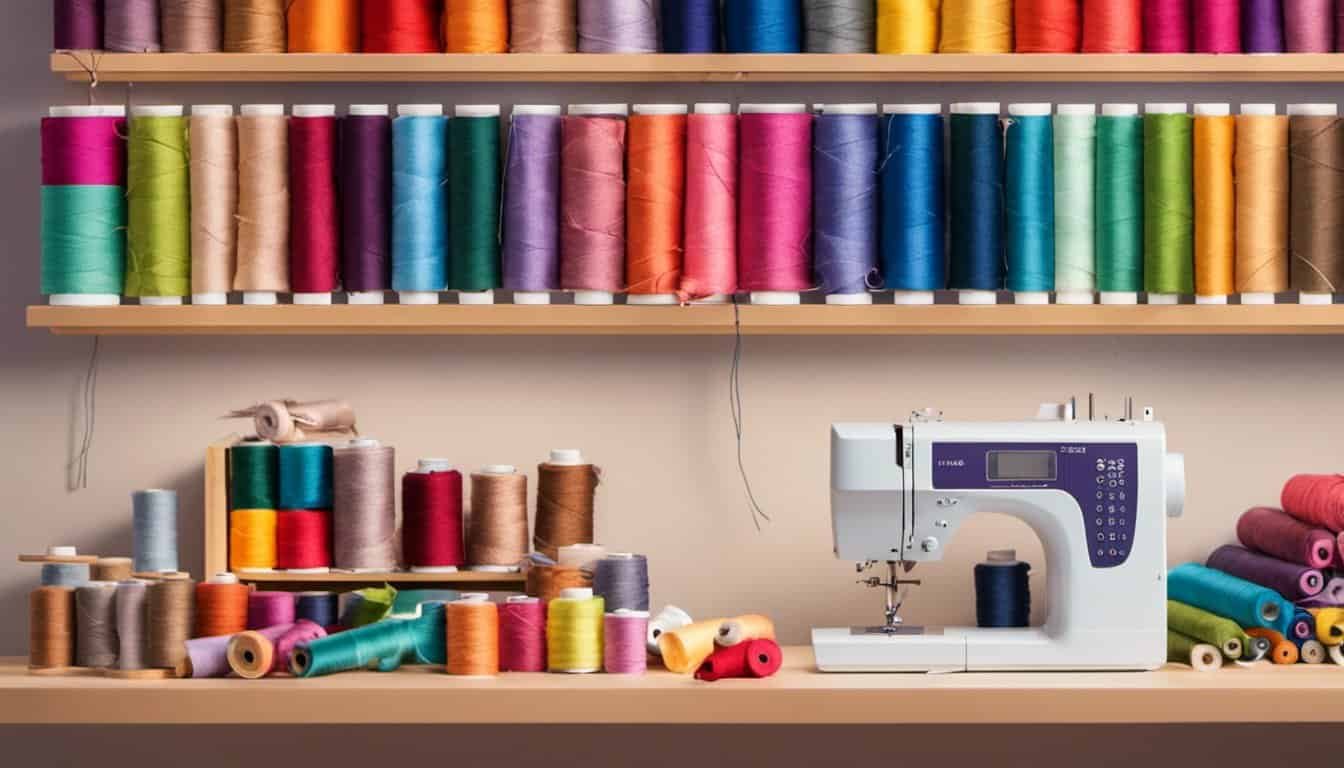Quilting can be a rewarding and creative hobby, but choosing the right tools is crucial for success. One of the most important yet often overlooked tools is the sewing machine needle. The right needle size can make all the difference in your quilting project, ensuring smooth stitching and preventing fabric damage.
You might wonder, “What size sewing machine needle should I use for quilting?” Don’t worry, you’re not alone. Many quilters face this question, especially when starting. In this article, we’ll guide you through selecting the perfect needle size for your quilting needs, so you can focus on creating beautiful quilts with confidence.
Understanding Sewing Machine Needles for Quilting
Selecting the right sewing machine needle is essential for quilting. Different needle types cater to specific fabrics and threads, ensuring your stitches are precise and durable.
Types of Sewing Machine Needles
- Universal Needles: Use for most woven and knit fabrics. Ideal for basic projects but may not be perfect for dense quilting layers.
- Quilting Needles: Designed specifically for quilting. These needles have a tapered point to prevent fabric damage and skipping stitches when sewing through multiple layers.
- Microtex Needles: Best for precision quilting on fine fabrics. Perfect for sharp, straight stitches but may not handle thick layers well.
- Ballpoint Needles: Use for knit fabrics. The rounded point prevents snagging and skipped stitches but isn’t suitable for quilting multiple layers.
The Importance of Choosing the Right Needle Size
Choosing the correct needle size affects the quality of your quilting. Smaller sizes, like 70/10, work well with light fabrics, while larger sizes, like 90/14, handle thicker layers and batting.
- Lightweight Fabrics: Sizes 70/10 or 75/11. Use for delicate quilting cotton to avoid large punctures.
- Medium-weight Fabrics: Sizes 80/12. Great for most quilting projects with standard cotton fabrics.
- Heavy-weight Fabrics: Sizes 90/14 or higher. Essential for quilting with heavy batting, multiple layers, or denim.
Proper needle selection prevents fabric damage and thread breakage, ensuring your quilting project proceeds smoothly and efficiently.
Selecting the Correct Needle Size for Quilting
Choosing the right needle size for quilting enhances your project’s quality and ensures smooth stitching. The needle size directly impacts the fabric and thread interaction, making it vital for successful quilting.
Factors Influencing Needle Size Choice
Fabric Thickness: Thicker fabrics need larger needles, while lighter fabrics need smaller ones.
Thread Type: Match the needle size to your thread thickness. Thick threads need larger needles for smooth stitching.
Quilting Technique: Dense quilting or free-motion quilting may need specific needle sizes for precision.
Machine Type: Always refer to the sewing machine’s manual to ensure compatibility with needle sizes.
Recommended Needle Sizes for Different Quilting Fabrics
Cotton Fabrics: Use 80/12 needles for medium-weight cotton fabrics. Perfect for standard quilting tasks.
Batiks: Opt for 75/11 needles. Batik fabrics require a slightly finer needle for smooth stitching.
Flannel Fabrics: Use 90/14 needles. Flannel’s thickness needs a larger needle for proper penetration.
Silk or Tulle: Select 60/8 needles. Delicate fabrics like silk or tulle benefit from finer needles to avoid damage.

High-Loft Batting: Choose 100/16 needles. Thick batting in quilting needs sturdy needles to manage fabric layers effectively.
Adjust your needle size based on these recommendations to enhance your quilting experience. Always test on a fabric scrap before starting your project.
Maintenance Tips for Quilting Needles
Proper maintenance ensures the longevity and performance of your quilting needles. Consistent upkeep can make a significant difference in stitch quality and project success.
How to Know When to Change Your Needle
Recognize signs that indicate a needle change. Dull or damaged needles can create skipped stitches, uneven tension, or fabric snags. If you hear unusual sounds or find puncture marks on the fabric, replace the needle. For heavy use or large projects, change the needle every 8-10 hours of sewing to maintain optimal performance.
Tips for Extending Needle Life
Implement steps to extend needle life. Use high-quality needles appropriate for your project. Clean your machine regularly to prevent dust buildup, which can dull the needle. Avoid sewing over pins to prevent needle damage. Store needles properly in cases to keep them sharp and protected.
Best Practices in Quilting with the Right Needle
Can You Rent Sewing Machines? Discover the 5 Hidden Benefits You Never Knew »
Choosing the right needle size enhances your quilting projects. Follow these best practices to achieve seamless results.
Techniques for Seamless Quilting
Ensure proper needle-thread combination. When using a size 75/11 needle, pair it with a 40-weight cotton thread for smooth stitching. Align your needle size with fabric weight. Use a size 90/14 needle for heavy fabrics like denim. Maintain consistent needle positioning. Insert the needle correctly to avoid skipped stitches. Practice slow, steady stitching. This helps prevent fabric puckering, especially on intricate patterns.
Common Mistakes to Avoid
Avoid using a dull needle. It leads to uneven stitches and fabric damage. Change your needle every 8-10 hours of sewing. Do not mismatch needle and thread size. A thick thread with a thin needle breaks the thread. Refrain from sewing with the wrong needle type. Use quilting needles specifically designed for multiple fabric layers. Avoid ignoring tension settings. Adjust tension according to fabric thickness and thread type for balanced stitching.
Conclusion
Choosing the right sewing machine needle for quilting can make all the difference in your projects. By paying attention to fabric thickness, thread type, and quilting techniques, you’ll enhance your stitching quality and achieve better results. Remember to maintain your needles and replace them when necessary to keep your machine running smoothly. Avoid common mistakes like using a dull needle or mismatched needle and thread sizes. With the right needle and a bit of care, your quilting experience will be more enjoyable and your creations more beautiful. Happy quilting!















